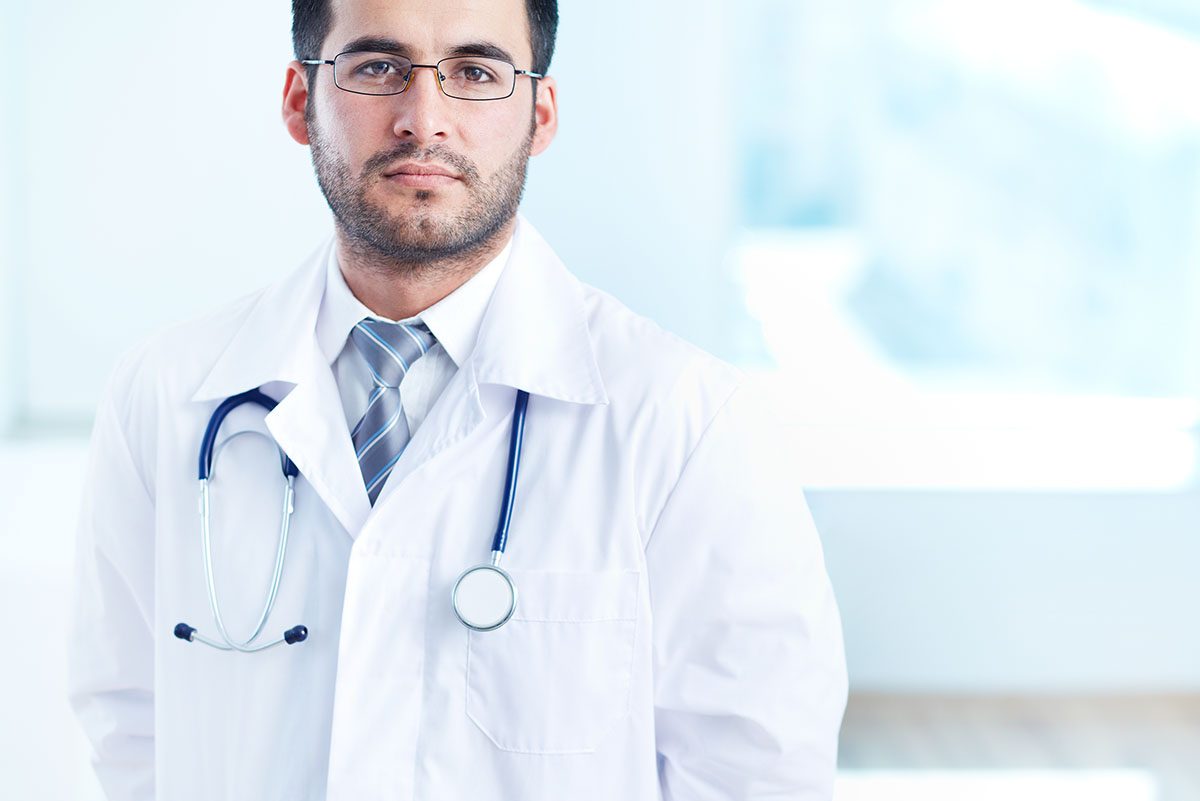Doctors Say These Are the Signs of Leg Vein Disease‘ Fun fact: The adult human body has about 60,000 miles of blood vessels — more than twice the distance around the world. Yet it’s easy to go through life without giving them a second thought. But you should not ignore the subtle and not-so-subtle signs of vein disease, which can affect your life if they go untreated. “Venous disease, in general, is very common,” the Cleveland Clinic says. Varicose veins affect about one-third of adults. One in 50 adults with varicose veins goes on to develop chronic venous insufficiency, which generally affects people over 50. And the risk goes up the older you get.
Doctors Say These Are The Signs of Leg Vein Disease
“When people have a blood clot in their legs, it can damage their valves and they can have long-term symptoms from that, from the valves being damaged, the pressure building up in their legs,” says Dr. Scott Joransen, an interventional cardiologist at the Cardiovascular Institute of the South in Meridian, Mississippi.
“However, as we get older, the same thing can happen not from a clot but simply ageing and damage to the veins and the valves, and that can cause abnormalities in the vein in the legs,” he adds. Here’s what you need to know to keep your veins healthy.
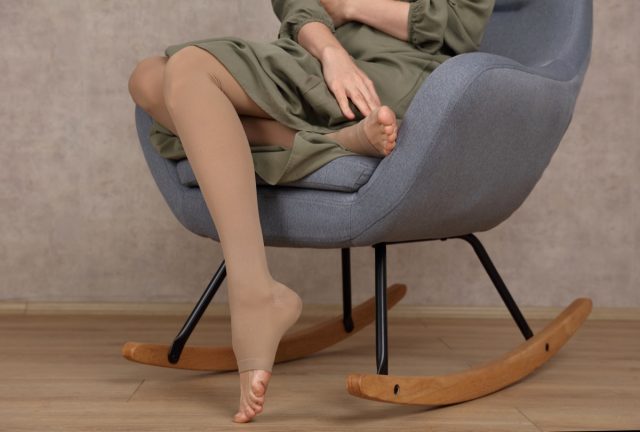
Veins are thin-walled vessels with valves inside that keep blood flowing in one direction, Johns Hopkins Medicine says. “The heart pumps oxygen-rich blood to the body’s tissues through thicker-walled arteries; the veins return that blood to the heart.”
“Vein disease refers to any problem or condition that affects the part of your circulatory system that returns deoxygenated blood from your tissues back to your heart,” the Dallas Vein Institute/Texas Vascular Institute says.
“In healthy individuals, the veins allow the blood to go back from the periphery to the heart, and to do such a function, there are valves inside those veins that only allow the blood one way,” says Dr. Abdelhamed Abdelhamed, cardiology specialist of the Premier Cardiovascular Institute at Miami Valley Hospital in Englewood, Ohio.
“For several reasons, these valves can get damaged, and once they get damaged, the blood will be going with gravity to the periphery, and this is the beginning of the venous disease,” he adds.
“Vein disease is a process that occurs in the legs and actually can occur in different parts of the body,” says Dr. Megan Deacon-Casey, a vascular specialist and medical director at Ponte Vedra Vein Institute in Florida.
She adds: “You have faulty valves that don’t work very well. And … it causes extra blood flow to go in the wrong direction in the legs. So with that, you get increased pressure and increased volume. And what that does over time, those veins get larger and larger.”
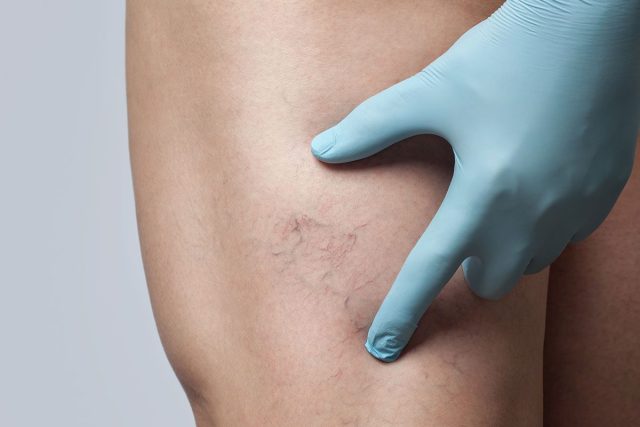
Vein disease includes the following, according to Johns Hopkins Medicine.
- Varicose veins, are enlarged, swollen, knotted clusters of purple veins.
- Superficial thrombophlebitis, red, engorged, cordlike veins associated with localized swelling, pain or tenderness.
- Deep-vein thrombophlebitis, is inflammation of a vein (usually in an extremity, especially one of the legs) that occurs in response to a blood clot in the vessel.
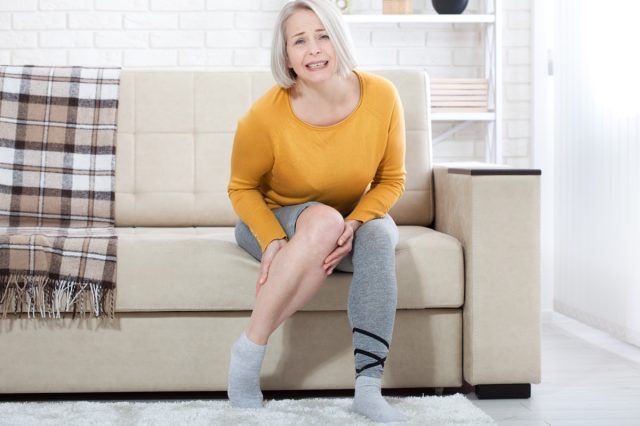
Improper blood flow causes increased pressure and increased volume in the veins, Deacon-Casey says. “And what that does over time, those veins get larger and larger,” she says. “You start to see some of them on the surface, which are called varicose veins. They’re usually large, swollen and bulgy. And then you can see other parts of what venous insufficiency can do, such as spider veins.”
The symptoms of vein disease depend on the location of the disease, says Dr. Yves Gabriel, vascular specialist, a vascular and endovascular surgeon at the Vein Center in Clearwater, Florida.
“There are some patients who have pain when they ambulate after walking a certain distance,” he says. “That’s clearly a very telltale sign of something going on. There’s something called trophic changes, which is also a sign of vascular disease, and that is when someone develops a location which has poor hair growth or ulcerations. Clearly that can progress also to necrosis and gangrene. And anything that feels abnormal, such as unique sets of pain, either in the abdomen or the upper extremities as well.”
There are multiple symptoms, but over time, they can chronically get worse where the affect everything that you do,” Deacon-Casey adds. “Your skin can break down. You can have difficulty walking. You can have pain that affects you every day.”
Other symptoms include restless legs, cramps, lymphedema or swelling of the legs, and thickened skin.
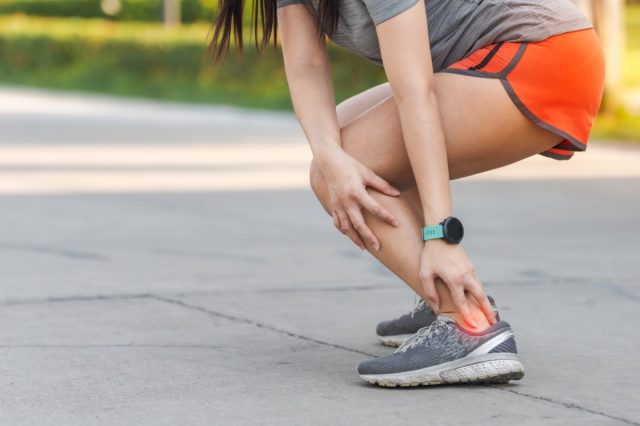
Risk factors for vein disease include the following, according to Mount Sinai Health System in New York: age, family history, being female, a history of deep vein thrombosis in the legs, obesity, pregnancy, sitting or standing for long periods, and being tall.
The risk of developing vein disease increases with age, according to the Dallas Vein Institute. One-third of Americans over 45 have some kind of vein disease.
“It’s very important for the patient to understand what their family history is,” Gabriel says. “I definitely believe that with that knowledge they can be better armed to recognize signs and symptoms later on if they develop. But once again, there are some patients who do not develop signs and symptoms until it’s too late, so therefore, understanding your family history and understanding your care is very important from the beginning.”

The best treatment for vein disease is prevention. Walk, exercise, control your weight, wear low-heeled shoes and avoid long periods of sitting or standing in one position, Johns Hopkins Medicine advises.
On long aeroplanes or driving trips, stop and walk around regularly.
If you develop symptoms of vein disease, seek treatment.
“If your symptoms are starting to increase and interfere with your activities of daily living, as we call it,” says Cristal Boatwright, a physician assistant at Ponte Vedra Vein Institute in Florida. “If you can’t do those things that you love; if you’re noticing your legs feel more tired, we tend to associate that with life. But we were made to walk, we were made to do activities. So if it’s starting to impair your lifestyle, the sooner you get it treated, the easier it is for you, and the better results are.”
Treatments can include wearing compression socks, Joransen says. For more severe cases, “the symptoms are greatly improved with the vein ablation, where we shut down the diseased vein so the blood flows through the healthy veins,” he says. “And the vast majority of the time, that relieves the symptoms significantly.”
